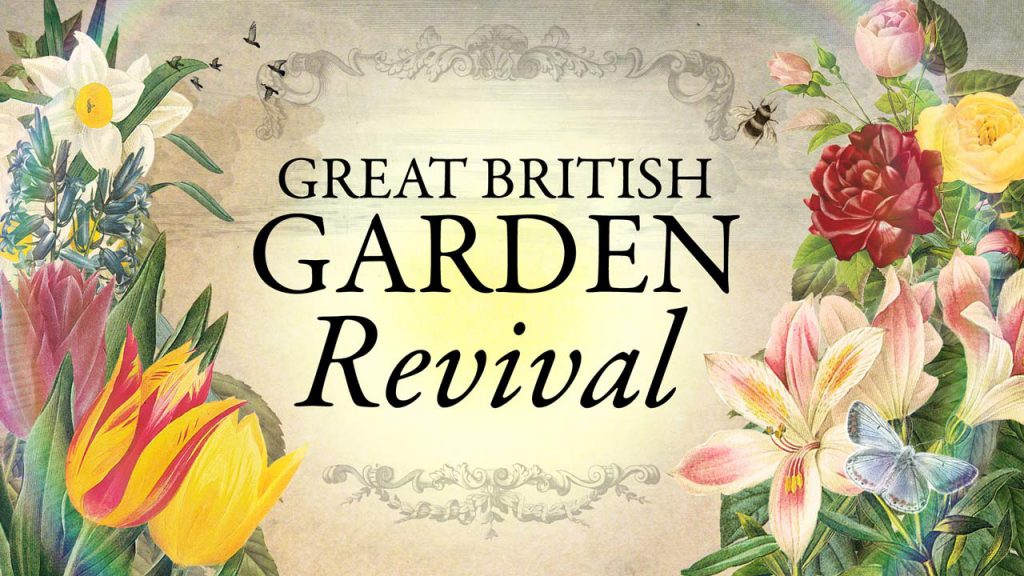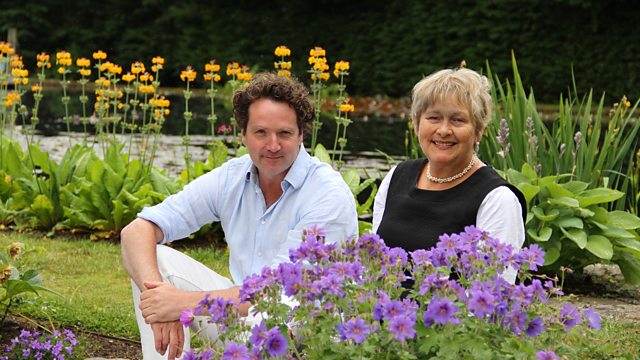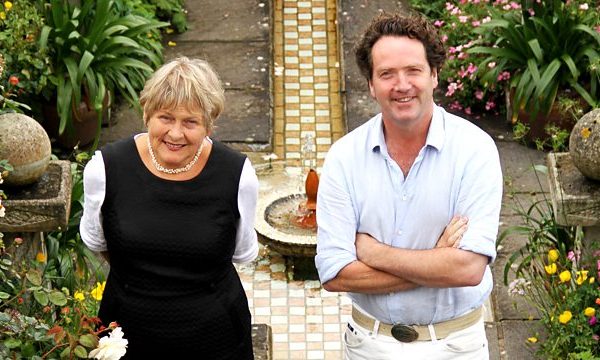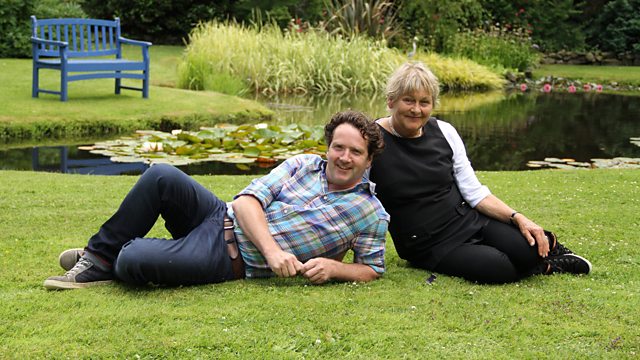Great British Garden Revival episode 5: In this episode, plantswoman Carol Klein shares her infectious passion for a style of gardening that she thinks is in much need of a revival – the rock garden. She tracks the history from its pinnacle during the Victorian era, visits a community in Bolton who have pulled back their local rockery from neglect and drops in on an old friend in the Midlands to find out more about this much-maligned gardening style. From her base at Edinburgh Botanic Gardens, Carol demonstrates tried and tested techniques for growing success as she shows us how to plant up a trough with some of her treasured rock garden favourites and gives advice on the best alpine bulbs for containers.
Toby Buckland is on the campaign trail for herb gardens. On his revival, he discovers how useful herbs have been throughout history, he learns that there was no such thing as a weed in Tudor times; meets a woman whose garden is overflowing with herbs we’ve forgotten and a botanist who grows plants to capitalise on their unique fragrances and essential oils. Toby shows us how to get the very best from fresh herbs: harvesting seeds, how to grow and care for them whether you have a garden or not and how to make the most of herbs by storing them in clever and unusual ways.
Great British Garden Revival episode 5
A rock garden, also known as a rockery and formerly as a rockwork, is a garden, or more often a part of a garden, with a landscaping framework of rocks, stones, and gravel, with planting appropriate to this setting. Usually these are small Alpine plants that need relatively little soil or water. Western rock gardens are often divided into alpine gardens, scree gardens on looser, smaller stones, and other rock gardens.
Some rock gardens are planted around natural outcrops of rock, perhaps with some artificial landscaping, but most are entirely artificial, with both rocks and plants brought in. Some are designed and built to look like natural outcrops of bedrock. Stones are aligned to suggest a bedding plane, and plants are often used to conceal the joints between said stones. This type of rockery was popular in Victorian times and usually created by professional landscape architects. The same approach is sometimes used in commercial or modern-campus landscaping but can also be applied in smaller private gardens.
The Japanese rock garden, or dry garden, often referred to as a “Zen garden”, is a special kind of rock garden with a few large rocks, and gravel over most of the surface, often raked in patterns, and no or very few plants. Other Chinese and Japanese gardens use rocks, singly or in groups, with more plants, and often set in grass, or next to flowing water.
Until the fairly recent past the removal for gardening purposes of both plants and stone from their natural wild locations has resulted in considerable problems, and many are now legally protected; English Westmorland limestone pavement is one example.





I think this is a fraud, I signed up then found out I had to pay, plus no gardening show on the play list!
you signed for what ?